Pathways in Athletic Training
Commonly Known Practice Settings Are Just The Start
Over 50% of Athletic Trainers work in the traditional setting of organized athletics, including secondary school settings (24% of all ATs), followed by clinic/hospital (18%), and university/college/junior college (16%). And there’s more beyond these traditional options! We will dive into some of those below, including tactical professions, performing arts, the physician practice setting, industrial and corporate, education, and administration.
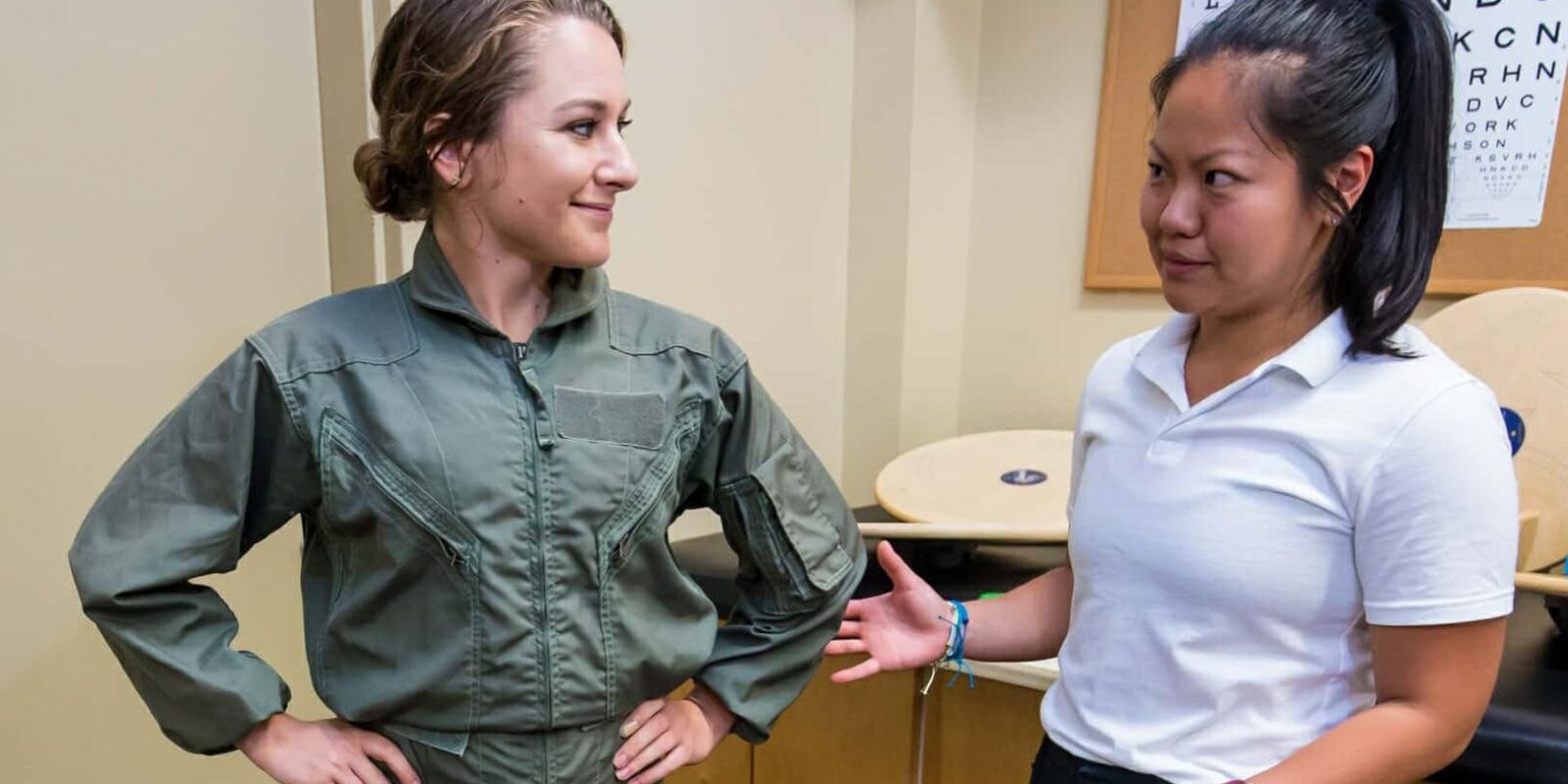
Athletic Trainers In The Armed Forces
Musculoskeletal injuries are the leading cause of outpatient visits by active-duty members and recruits, which happens to be an Athletic Trainer’s specialty. For members of the armed forces, being physically and mentally able to respond to challenges at peak performance can be a matter of life and death in the field. Working with the military allows ATs to be creative and help tactical athletes to return to their units with limited time away from training or active duty. While working in military facilities, ATs often have access to cutting-edge, state of the art equipment to help them provide the highest level of care possible.
If you’re interested in becoming an AT in the armed forces but don’t want to join the military to do it, the good news is you don’t have to. In fact, 87% of ATs in the military are not current or former service members.
Where can I find jobs as an AT with the military?
Because these are primarily civilian military positions, the best places to look are civilian military job sites for a specific branch (Army, Navy, Air Force, Marines, and Coast Guard). USAJOBS is one site that has expansive information about opportunities with each branch. AFATS, the Armed Forces Athletic Trainers’ Society, is another source for military associated openings. NATA members may search their job board as well.
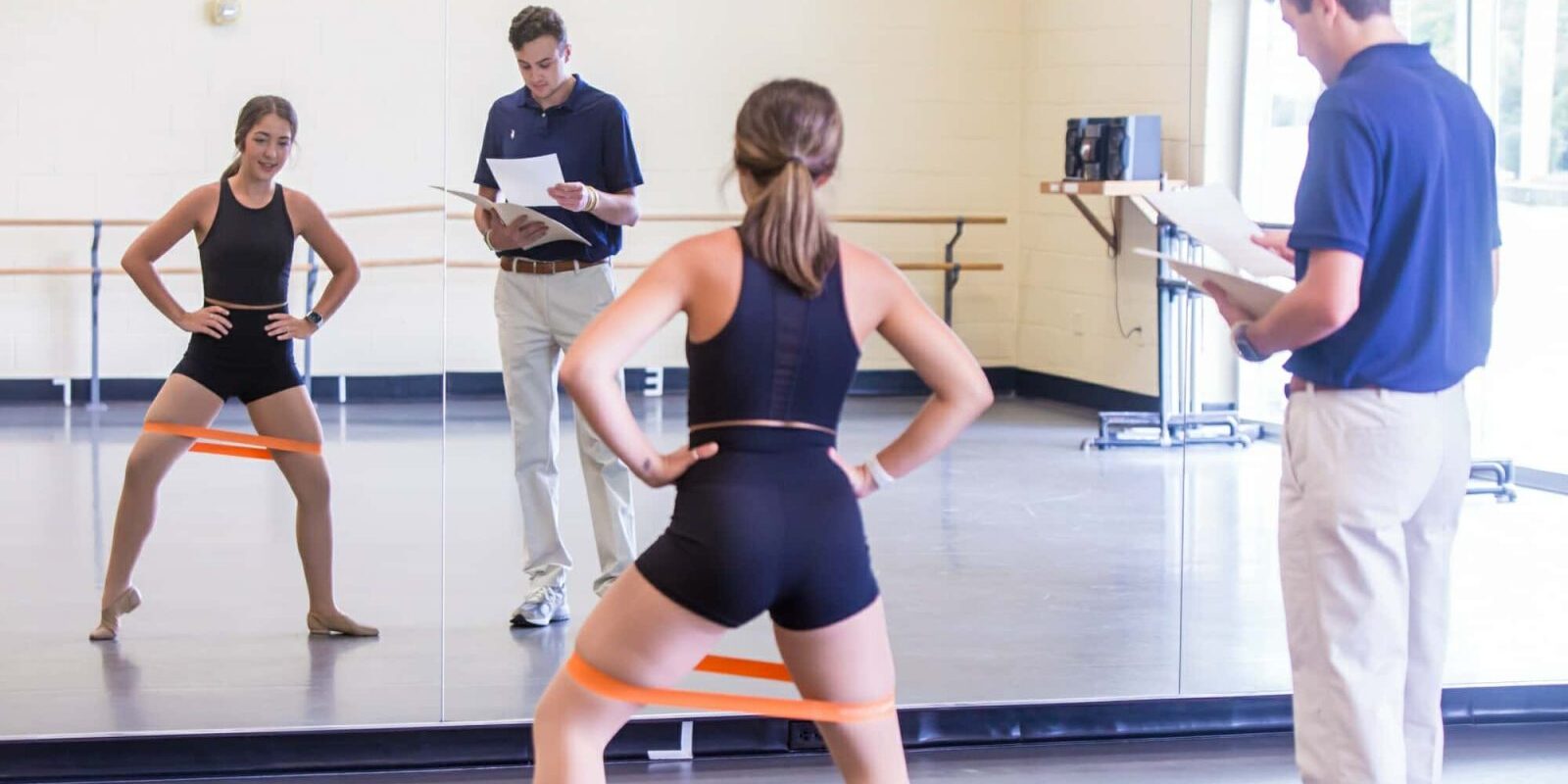
Athletic Trainers in The Performing Arts
What do dance and football have in common? Both rank at the top of the list of physically-demanding activities according to injury surveillance data. About 80% of dancers experience disabling injuries at some point in their careers. ATs provide performing artists with specialized risk reduction activities to help stop injuries before they happen and rehabilitative care to shorten recovery when they do. For over 25 years, the performing arts industry has trusted ATs to keep their artists in top condition.
Where can I find jobs as an AT with performing artists?
If you want to get involved with performing arts, start your research. Search for job postings with larger groups and dance troops. Positions in this industry are growing, and more and more performing arts groups are realizing the value of incorporating an athletic trainer onto their staff. The NATA job board may have opportunities. The PAATS (The Performing Arts Athletic Trainers' Society) may provide exposure to opportunities or networking in the field.
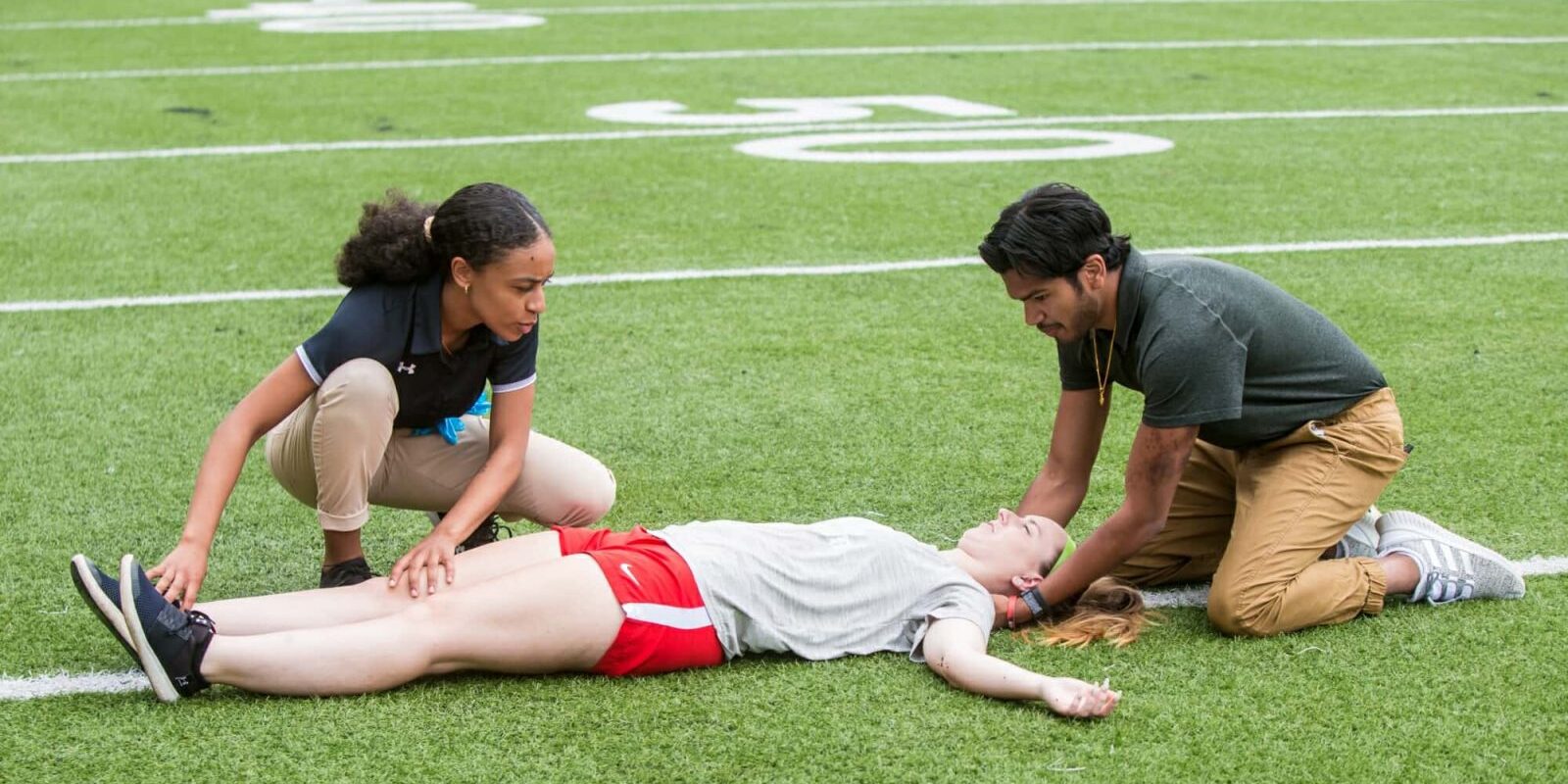
Athletic Trainers in the Physician Practice
Not all athletic trainers treat high performing athletes in top physical condition. Some ATs choose to apply their skills to help patients regain the ability to do every day tasks like walking the dog, gardening, and playing with the kids. An athletic trainer working in a physician practice can have a significant positive impact on a medical practice. On average, having an AT increases the number of patients that a physician can see by as many as 12 per day.
The patients themselves greatly benefit from seeing an athletic trainer. Injury rates are decreased through patient instruction, and patient satisfaction when seeing an athletic trainer is 96%. The impact an AT can have on an individual’s life is profound. It’s one thing to help get a top performing athlete back in the action; it’s a whole other experience to help a person return to their desired quality of life.
Where can I find AT jobs in a physician practice?
Positions can be found online through standard job posting platforms, including the NATA. . The Athletic Trainers in the Physician Practice Society (ATPPS) also posts available positions.
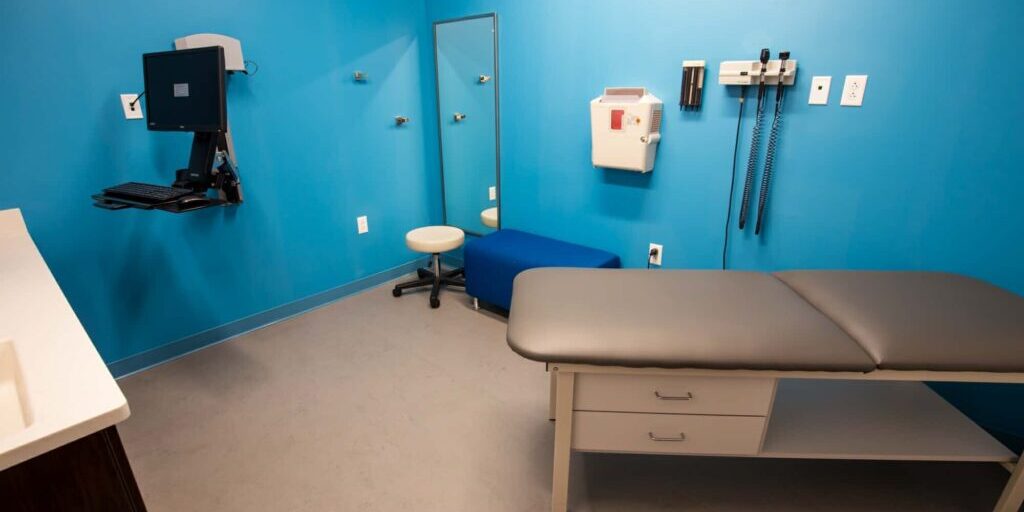
Athletic Trainers in The Industrial and Corporate Setting
It may come as a surprise, but athletic trainers can care for those who manufacture goods or work in an office or on the floor for much of their day. The knowledge and skill base that ATs have can be used to develop prevention programs and rehab plans for the industrial and corporate population. Much of the work in this setting is focused on risk reduction, but also acute injury care and rehabilitation. Companies that employ athletic trainers have seen a return-on-investment and have indicated more than a 25% decrease in workers compensation claims relating to musculoskeletal issues.
If you’re interested in working in an industrial or corporate setting, familiarize yourself with the Occupational Safety and Health Administration (OSHA) standards and general business principles. This helps you to be well-rounded in the corporate setting, familiar with common language, and understanding of the large role an Athletic Trainer can play in this setting.
Where can I find an industrial or corporate job as an AT?
The NATA provides information on companies across the US who employ athletic trainers in this setting. You could also identify which companies hire ATs and check their websites. Other places to look may be on traditional job boards.
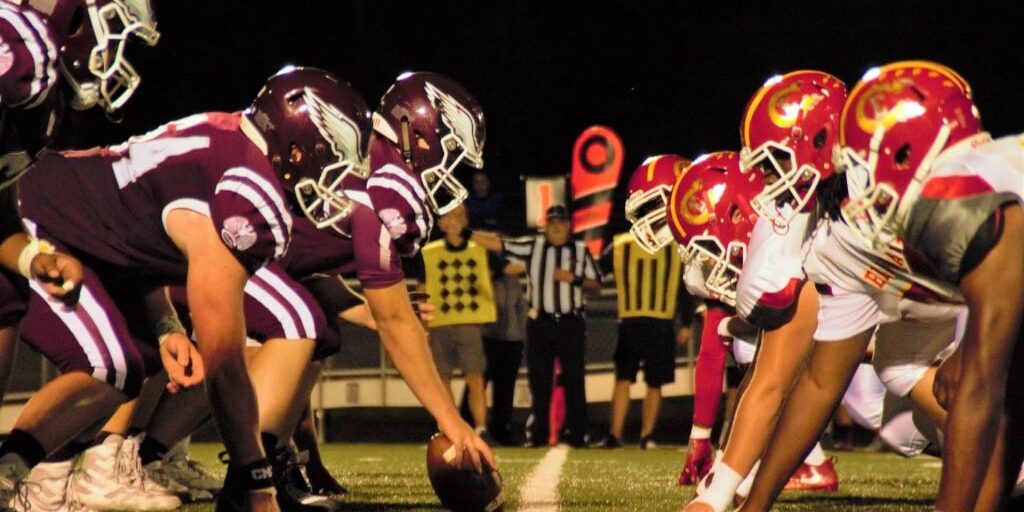
Athletic Trainers in Professional Sports
Athletic Trainers who work with a professional sports team dedicate all of their time and energy towards the relatively small group of athletes that make up the team’s roster. You will work with high profile athletes, their agents, medical consultants, and a vast healthcare team.
While over 50% of ATs work in organized athletics, only about 3% work in the professional sports setting, which means you will want to ensure that you can set yourself apart. A good place to start may be an internship to gain additional experience and start expanding your professional network.
Where can I find a professional sports job as an AT?
When looking for careers in professional sports, you can check out the NATA website. If you have a specific sports team or league in mind, you can look at the career page on their website or find a related association or organization. For example, the Professional Football Athletic Trainers Society (PFATS) provides information on NFL internship opportunities.

Athletic Trainers in Secondary Schools
Athletic Trainers play a key role in providing care to secondary school student athletes. Secondary school ATs must have excellent communication skills to engage with parents/guardians, pediatricians, student-athletes, and coaches. In addition to typical responsibilities of injury prevention, evaluation, and treatment, ATs in secondary schools are responsible for all facets of safe sports participation, from preparticipation physicals to implementing emergency action plans.
Only 67% of US secondary schools report access to the services of an athletic trainer and the profession is pushing hard to expand this access.
Where can I find an AT job at a secondary school?
The NATA posts positions for secondary schools. Traditional job boards such as ZipRecruiter, LinkedIn, Indeed, or Glassdoor may also post positions.

Athletic Trainers in College/University
The third most common practice setting, ATs are employed at most colleges and universities that offer organized sports. Some larger institutions have a dozen or more ATs on staff, offering an excellent environment for collaborative care. ATs in this setting offer comprehensive programs to ensure sport safety and provide needed care to student-athletes. Many ATs in this setting enjoy the varied work day, which can range from traveling to events, to being outside at practice, to treating patients in the athletic training clinic.
Where can I find an AT job at a college/university?
You can look for open jobs on the NCAA career website and the College Athletic Trainers’ Society career center. The NATA posts positions for college and university positions as well. Traditional job boards may also feature relevant jobs, including ZipRecruiter, LinkedIn, Indeed, and Glassdoor.
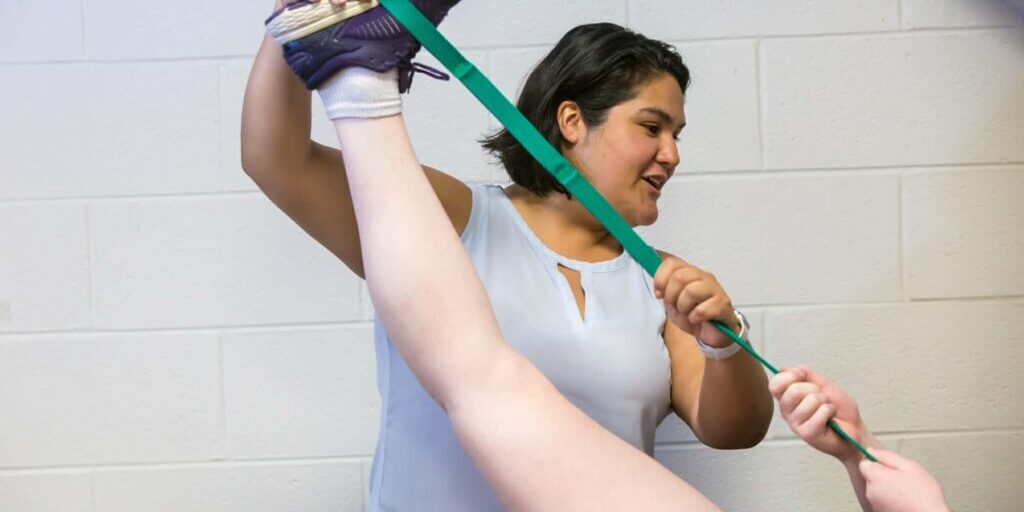
Trained in a Country Outside of the U.S.?
The International Arrangement (IA) makes sure that certifications meet professional standards across different organizations. As long as your BOC certification is in good standing, you can apply for exam eligibility to become credentialed by another organization within the IA.
Currently, the IA acknowledges Athletic Rehabilitation Therapy Ireland (ARTI), BOC (USA), and Canadian Athletic Therapists Association (CATA). The British Association of Sport Rehabilitators (BASRaT) has been granted provisional acceptance and soon should officially be included in the IA.
Follow the steps under the BOC’s “How to Become Credentialed” to start the process in challenging the exam. Remember that if your plan is to be an Athletic Trainer in the United States, there will be additional requirements such as state licensure, depending on where you ultimately work as an AT.
